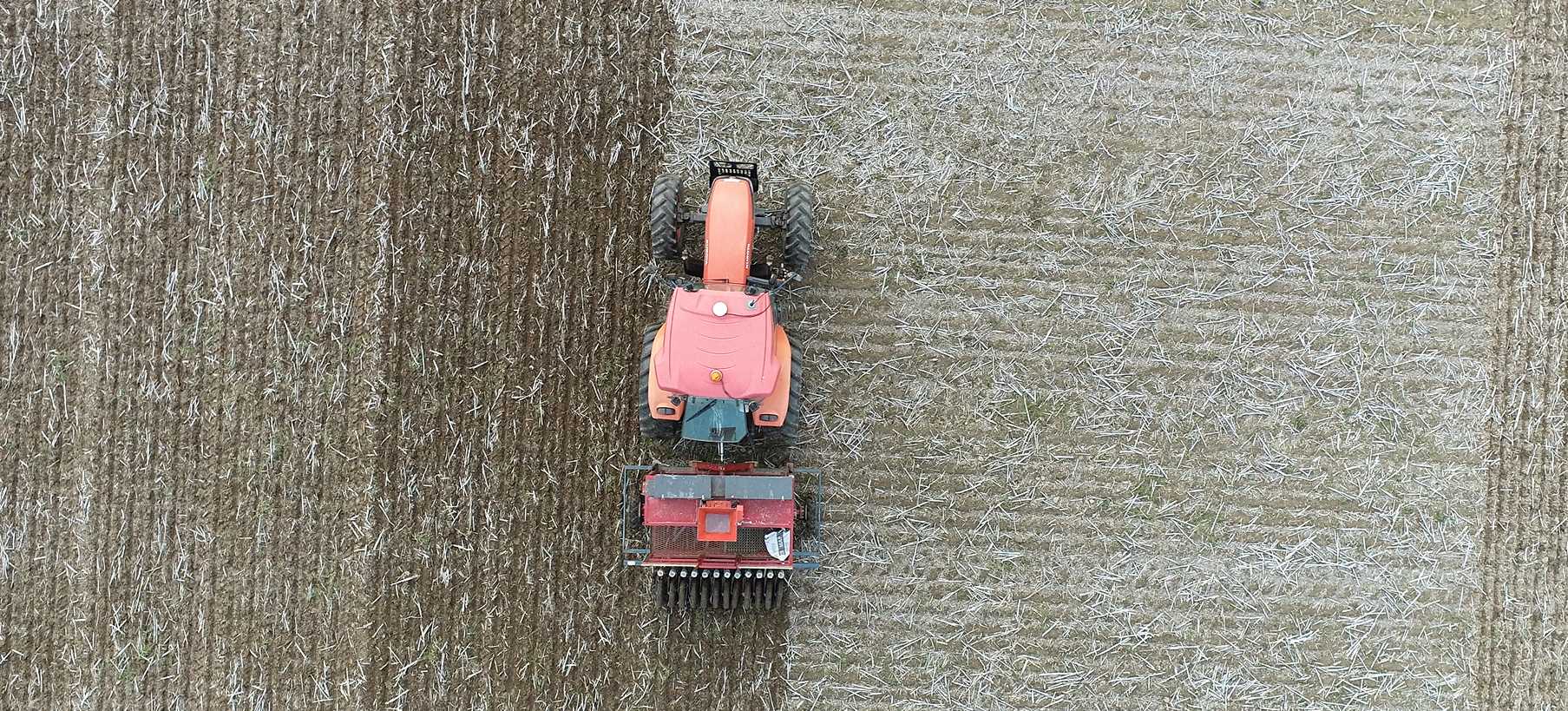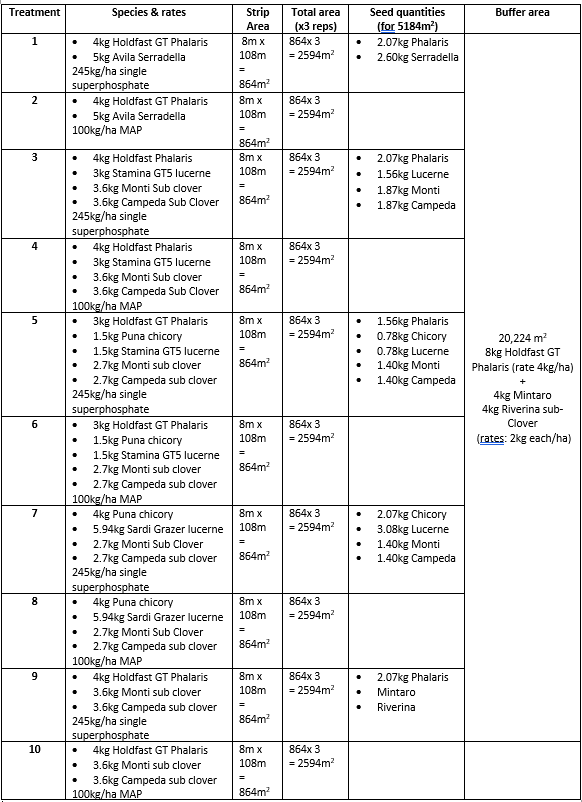Pasture Species Demonstration Site - Mangoplah
Future Drought Fund - Resilient Pastures - First Demonstration Site

We are working with 5 Farming systems groups, which are in the process of establishing 10 pasture demonstration sites. These sites will showcase modern pasture species combinations and management practices known to build greater resilience into their landscapes. Demonstration site outcomes will be upscaled to farm and landscape scales using advanced modelling, ensuring regional applicability by engaging farmer reference groups.
On-ground application of project outcomes will be supported via farmer workshops, publications, case studies and conducting on-farm consultations with farmers.
Project Objectives
- Showcase modern pasture species combinations and management practices known to build greater drought resilience in farming systems and landscapes through the demonstration sites.
- Ensure farming system and regional applicability of project findings (both from demonstration sites and upscaling) and extension methodologies by collaborating with the region’s stakeholders.
HLN's Objectives
- Establish a Regional Reference Group to inform design & management of demonstration sites. This group will have 10 members comprised of local farmers, service providers, technical experts.
- Establish 2 demonstration sites:
- 1 site to exhibit perennial pasture plots that demonstrate local pasture types or mixes identified by the Regional Reference Group that are proven to be drought resilient. [The purpose of this site is to provide a focal point for the region of the best suited perennial species/species mixes to the region.]
- 1 site to exhibit the management options of a common pasture management/enhancement challenge faced by local graziers. [The purpose of this site is to demonstrate management option/s to address the region’s most significant pasture challenges.]
So, what are we doing?
Our first demonstration site was sown April, with a range of species mixes:
- Holdfast GT Phalaris & Avila Yellow serradella
- Holdfast GT Phalaris, Stamina GT5 lucerne, Monti & Campeda Sub Clover
- Holdfast Gt Phalaris, Puna chicory, Stamina GT5 lucerne, Monti & Campeda Sub Clover
- Puna Chicory, Sardi Grazer Lucerne, Monti & Campeda Sub Clover
- Holdfast Gt Phalaris, Monti & Campeda Sub Clover


These mixes will be sown in 16m x 108m strips, replicated 3 times. Half the strip will go down with 245kg/ha single super, and the other half with 100kg/ha MAP.

This will allow us to look at any effect nitrogen & sulphur has (or doesn’t have!) on Phalaris & legume establishment and subsequent composition over the project. Some metrics we will assess include:
- Establishment
- Biomass production
- Ground cover
- Botanical composition
- Legume nodulation
- Feed quality
- Soil fertility
This project received funding from the Australian Govenment’s Future Drought Fund, and is being undertaken in association with a range of partner organisations, with Holbrook Landcare Network as the project lead.

